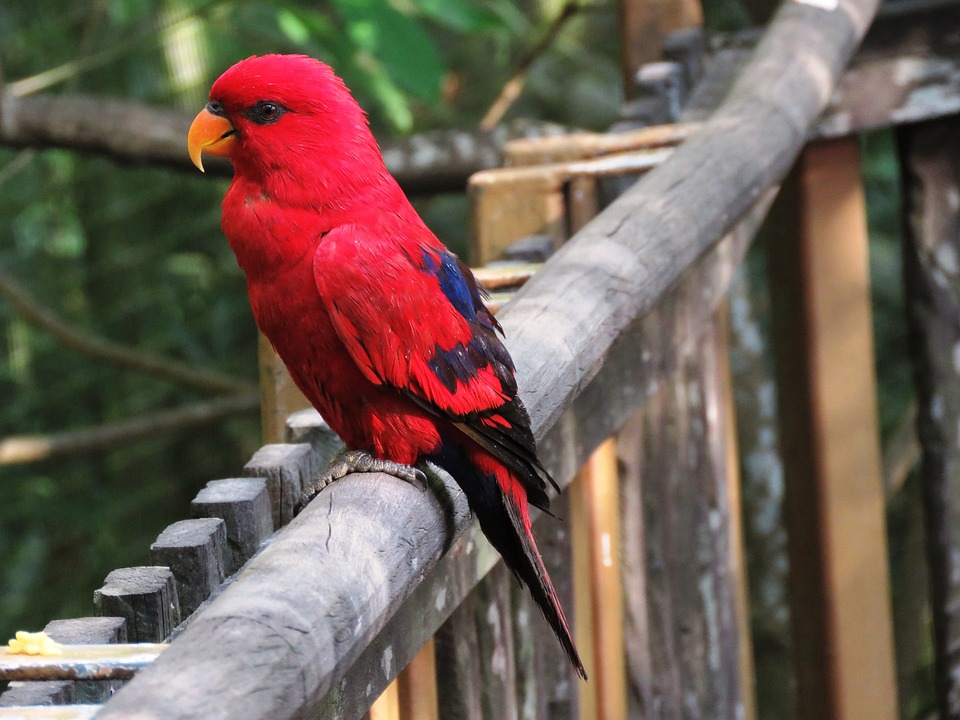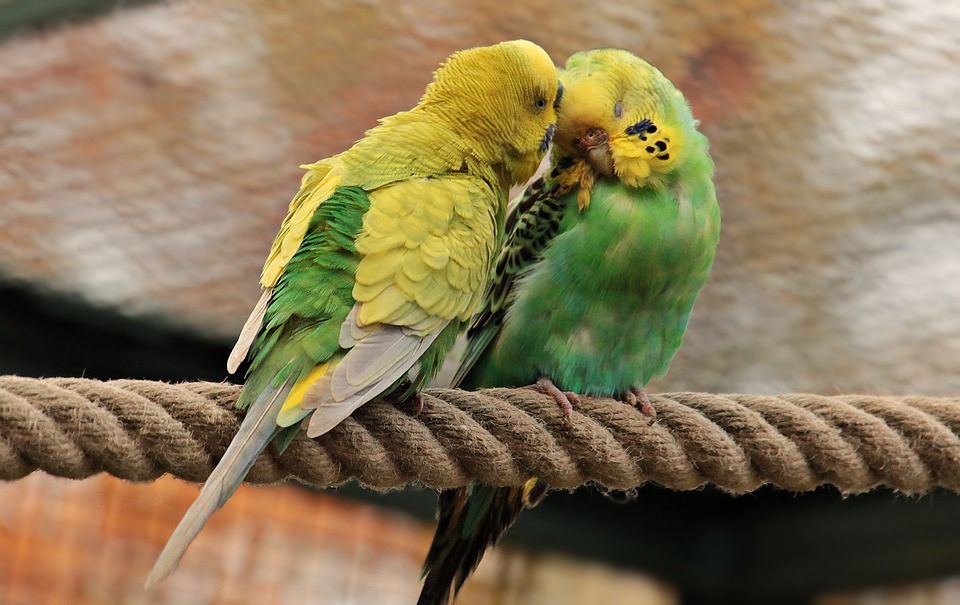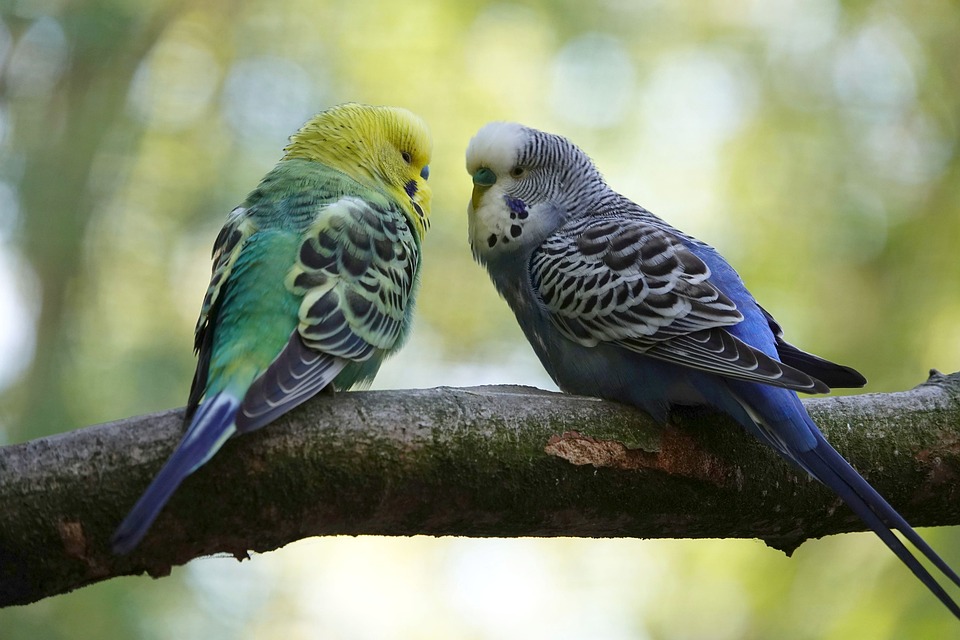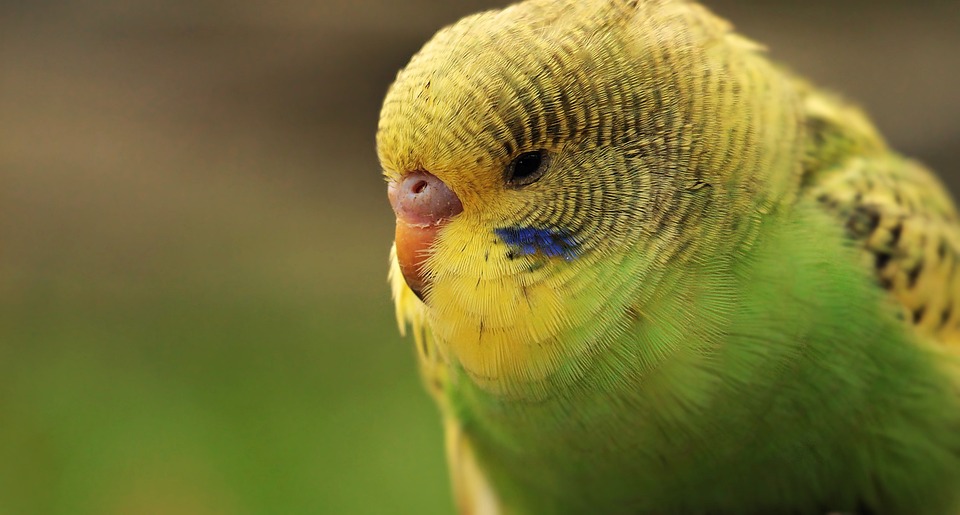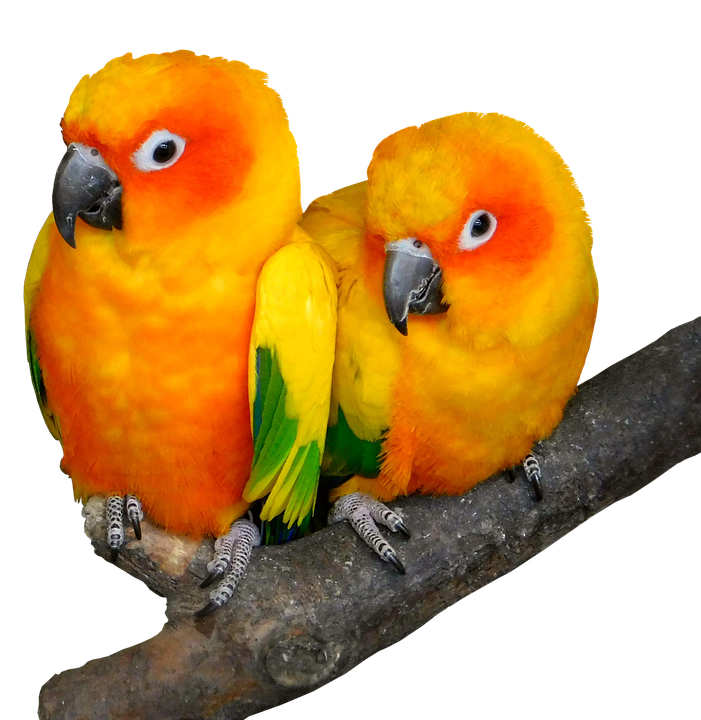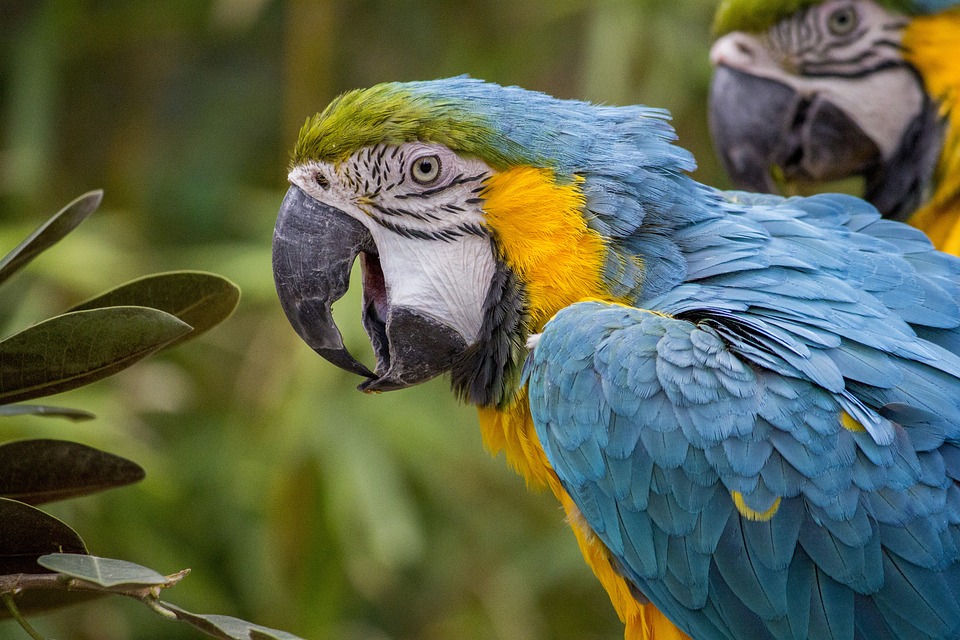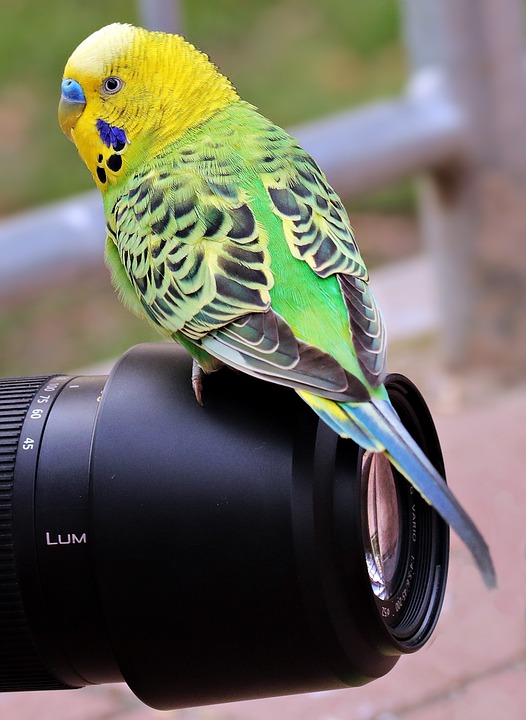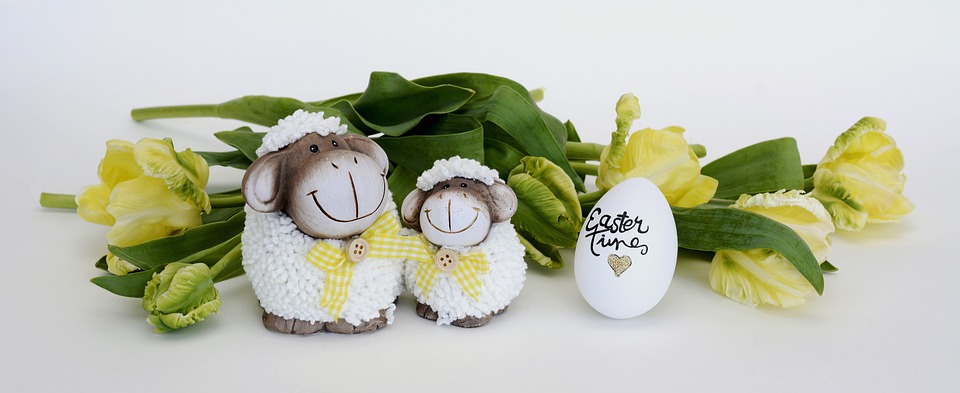Parrots are highly intelligent and social creatures that thrive on interaction and companionship. Understanding how parrots behave with their cage mates is crucial for providing them with a suitable environment and ensuring their overall well-being. In this article, we will explore different aspects of parrot behavior, including social interactions, communication, and common behaviors exhibited when living with cage mates. Additionally, we will address frequently asked questions regarding parrot behavior.
Social Interactions among Parrots:
Flock Mentality: Parrots naturally have a flock mentality, which means they prefer to live in groups. In the wild, parrots form tight-knit communities, and this behavior translates to their interactions with cage mates. They seek social stimulation, companionship, and a sense of belonging within their group.
Hierarchy and Dominance: Within a group of parrots, a social structure and hierarchy form. This hierarchy helps establish order and reduces conflict within the group. Some parrots may exhibit dominant behavior, while others may be more submissive. Understanding and respecting this hierarchy is essential when introducing a new parrot to an existing group.
Social Bonding: Social bonding is crucial for a parrot’s mental and emotional health. Parrots form strong bonds with their cage mates, engaging in activities such as preening, feeding, and playing together. These social interactions provide comfort and security, helping to alleviate stress and anxiety.
Communication among Parrots:
Vocalizations: Parrots use a wide range of vocalizations to communicate with their cage mates. These vocalizations can include squawks, calls, chirps, and even mimicking human speech. It is important to pay attention to the context and tone of their vocalizations to understand their intentions and emotions.
Body Language: Parrots use body language to express their feelings and intentions. They may puff up their feathers when they are excited or display aggression, while they may lower their crest and wings when they feel threatened or submissive. Understanding these cues can help prevent misunderstandings and conflicts among cage mates.
Feathers and Crests: Parrots also use their feathers and crests to communicate. They may raise their crests when they are alert or curious, or they may fan out their tail feathers to display dominance or courtship behavior. Observing these visual cues can provide valuable insights into their mood and intentions.
Common Behaviors Exhibited with Cage Mates:
Mutual Grooming: Mutual grooming is a common behavior among parrots living together. This behavior helps strengthen social bonds and promotes a sense of trust and security within the group. It also serves as a form of maintenance for their feathers and skin.
Playing and Chasing: Parrots engage in play and chase behaviors to entertain themselves and bond with their cage mates. These activities help stimulate their minds, promote physical exercise, and strengthen social bonds. It is important to provide plenty of toys and opportunities for play within the cage.
Sharing Food and Toys: Sharing resources, such as food and toys, is an important aspect of parrot behavior. Parrots may offer food to their cage mates as a sign of friendship and cooperation. Sharing toys also promotes social interaction and prevents boredom.
Frequently Asked Questions (FAQs):
1. How can I introduce a new parrot to my existing parrot(s) in a cage?
Introducing a new parrot to an existing group requires careful planning and gradual introductions. Start by placing the new parrot’s cage near the existing cage to allow them to observe each other. Gradually increase their interaction time while supervising closely.
2. What should I do if my parrots are displaying aggressive behavior towards each other?
If your parrots are displaying aggressive behavior, it is important to intervene and assess the underlying cause. Separate the parrots temporarily and consult with a avian behaviorist or veterinarian for guidance on how to address the aggression.
3. Is it normal for parrots to squabble or have occasional disagreements?
Parrots, like any social creatures, may have occasional disagreements or squabbles. This is a normal part of their social dynamics. However, consistent or severe aggression should be addressed and managed appropriately.
4. Can parrots develop a strong bond with humans if they have cage mates?
Parrots can develop strong bonds with both their cage mates and humans. However, it is important to provide individual attention and social interaction to prevent jealousy or rivalry between parrots and humans.
5. How can I prevent jealousy or rivalry between my parrots when providing attention?
To prevent jealousy or rivalry, ensure that each parrot receives individual attention and quality time with their human caregivers. This can be done through separate training sessions, playtime, and one-on-one interaction.
Conclusion:
Understanding parrot behavior is essential for creating a harmonious living environment for these highly sociable birds. By recognizing the significance of social interactions, communication, and common behaviors exhibited with cage mates, we can ensure that our parrots thrive both mentally and emotionally. Remember to provide ample opportunities for social bonding and take the time to address any potential conflicts or behavioral issues that may arise. By doing so, you will nurture a happy and content community within your parrot’s cage.

